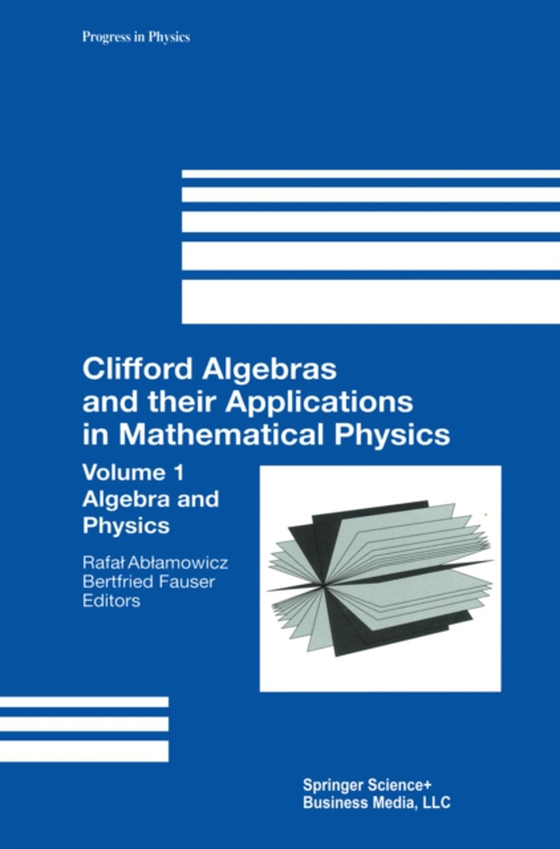
Clifford Algebras and their Applications in Mathematical Physics e-bog
436,85 DKK
(inkl. moms 546,06 DKK)
The plausible relativistic physical variables describing a spinning, charged and massive particle are, besides the charge itself, its Minkowski (four) po- sition X, its relativistic linear (four) momentum P and also its so-called Lorentz (four) angular momentum E # 0, the latter forming four trans- lation invariant part of its total angular (four) momentum M. Expressing these variables in terms...
E-bog
436,85 DKK
Forlag
Birkhauser
Udgivet
6 december 2012
Genrer
PBMP
Sprog
English
Format
pdf
Beskyttelse
LCP
ISBN
9781461213680
The plausible relativistic physical variables describing a spinning, charged and massive particle are, besides the charge itself, its Minkowski (four) po- sition X, its relativistic linear (four) momentum P and also its so-called Lorentz (four) angular momentum E # 0, the latter forming four trans- lation invariant part of its total angular (four) momentum M. Expressing these variables in terms of Poincare covariant real valued functions defined on an extended relativistic phase space [2, 7J means that the mutual Pois- son bracket relations among the total angular momentum functions Mab and the linear momentum functions pa have to represent the commutation relations of the Poincare algebra. On any such an extended relativistic phase space, as shown by Zakrzewski [2, 7], the (natural?) Poisson bracket relations (1. 1) imply that for the splitting of the total angular momentum into its orbital and its spin part (1. 2) one necessarily obtains (1. 3) On the other hand it is always possible to shift (translate) the commuting (see (1. 1)) four position xa by a four vector ~Xa (1. 4) so that the total angular four momentum splits instead into a new orbital and a new (Pauli-Lubanski) spin part (1. 5) in such a way that (1. 6) However, as proved by Zakrzewski [2, 7J, the so-defined new shifted four a position functions X must fulfill the following Poisson bracket relations: (1.
 Dansk
Dansk

